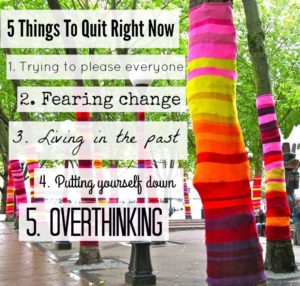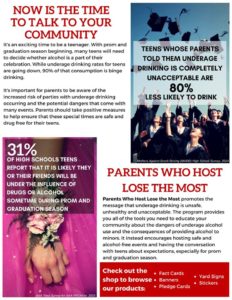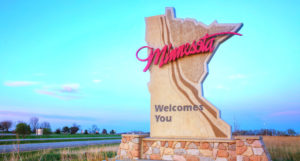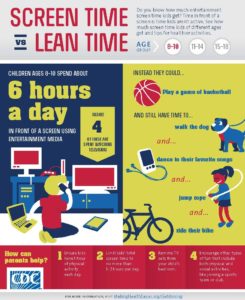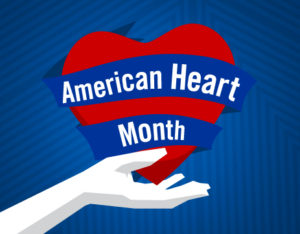
Image belong to rightful owner
Article written by Kenza Moller talks about how the measles outbreak in Minnesota has risen. There were 70 confirmed cases in the United States, year 2016. Now having that number in mind, try guessing Minnesota’s confirmed cases so far this year… Alone, it has reached 73 confirmed cases (in Minnesota, year 2017). Pretty surprising for sure! This was shocking news to me, showing how dangerously fast it has spread, and remember, this is only counting Minnesota’s cases.
Measles is a contagious disease that can lead to pneumonia, deafness, hospitalization, and death, according to the article and it’s reference. There were at least 65 of the people with measles in Minnesota that were not vaccinated. Due to the rise of anti-vaccination movement, it has increased the chances and risks of diseases spreading faster and coming back throughout. The outbreak began about 8 weeks ago and about 21 people have been hospitalized.
Getting vaccinated can prevent spread and help a person from contracting the measles. If a person contracts this disease, there is not much to do except the hospitals trying their best because there is really no way to treat it.
I feel like the world is getting more and more dangerous due to new diseases, infections, bacteria…etc. It’s so important to keep up with what is currently spreading and how a person can prevent them from harm. People may think that it will never happen to them but that is how it all happens, when off guard and not taking precautions. I am constantly worried about new spreads and how they will hurt the ones I love.
Overall, do your studies and keep up with the news. Make sure you are taking action in preventing you and your loved ones from contracting these new diseases and everything else.
For more information on measles, visit pages listed:
—
Received information in article from https://www.romper.com/p/measles-outbreak-in-minnesota-is-the-biggest-in-years-illustrates-a-dangerous-trend-62010




